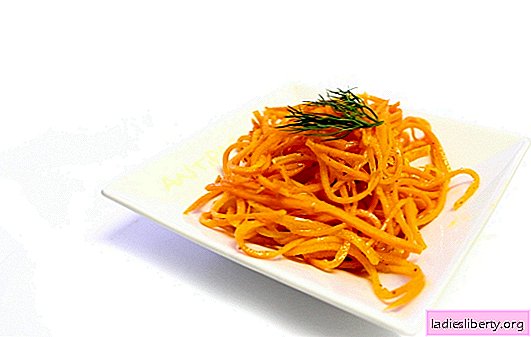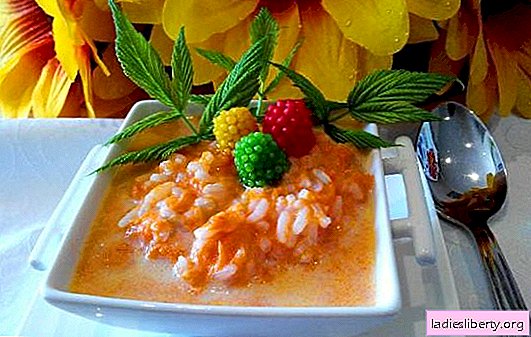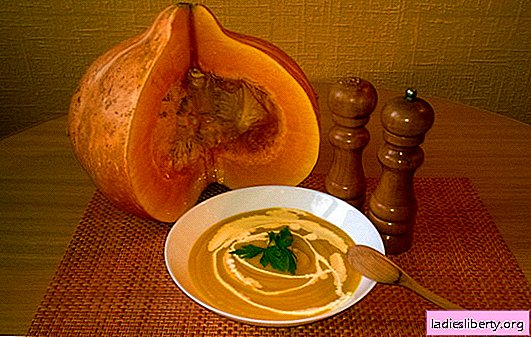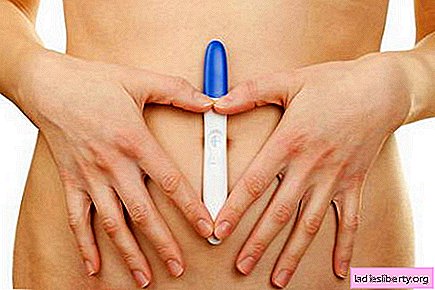
The article describes the most common pests of indoor plants and how to combat them.
Houseplants often infect insect pests that damage leaves and roots. To cure a plant and return it the opportunity to fully develop, it is necessary to know how to combat such pests.
Caterpillars infused on the leaves of plants and gnaw through numerous holes. From this, the plant weakens, slows its growth. Caterpillars are harvested by hand and destroyed. If the plant is severely affected, then the leaves and shoots from all sides are treated with insecticide several times, repeating the treatment every other day.
Whitefly - These are white insects that look like moths. The whitefly affects the entire plant, as it multiplies very quickly. Settled on the underside of the leaves, feeding on cell sap. Leaves remain whitish or yellowish spots. Soon the leaves curl, turn yellow and fall off. The most affected are the whiteflies begonia, fuchsia, balsamine and pelargonium. To combat whiteflies, the plant is treated with insecticide or infusion of yarrow. To do this, 80 g of dry, crushed leaves of yarrow pour 1 liter of boiling water. After 2-3 days, the infusion is filtered and sprayed on the leaves of the infected plant.
Shchitovka - These are smooth, brown insects that are tightly attached to the underside of leaves, shoots and veins of the plant, sucking the juices out of them. Shchitovki especially affect plants with hard leaves, for example, Dieffenbachia. Insects are scraped or peeled off with a damp cotton swab. Well helps strong soap solution, which treat all parts of the plant.
Aphid - This is a small insect with a soft skin of a green or pale yellow color. The insect multiplies rapidly, forming whole colonies. It settles on young shoots, the underside of leaves, buds, flowers and stalks. Sucking cell sap, aphid secretes special enzymes inside the plant, which disrupt the normal physiological processes of its growth and development. Aphids can be found on almost all indoor plants, except geraniums. Aphids are particularly susceptible to flowering plants. The most effective methods of dealing with aphids are spraying plants with various infusions.
For the preparation of garlic or onion infusion, half a teaspoon of chopped onion or garlic is poured with a glass of water and infused for 24 hours.
To prepare the infusion of hot red pepper, 60-70 g of crushed pepper is added to 0.5 l of water, boiled for an hour over low heat and infused for 24 hours. Then infusion filter. At 5 g of the infusion, add 0.5 liters of water, a teaspoon of grated soap and the resulting solution is treated plants.
Infusion of onion peel is prepared from 20 g of onion peel, infused for five days in 1 liter of water. So infusion of the plant is sprayed several times, taking breaks of 7-10 days.
A more radical method of dealing with aphids is treating plants with chemical insecticides, such as: Decis, Karbofos, Aktellik, Intavir, Fitoverm.
Pemphigus - insects, like cotton balls, which settle on the underside of the leaves. They bite into the leaves, sucking the sap of the plant, and remain stationary for a long time. In addition, pemphigus secrete honeydew, which promotes the reproduction of soot fungi. Pemphigus settle in whole colonies and, forming a special wax, water-repellent coating, impede the treatment of plants. To combat pemphigus, remove them with a damp cotton swab, and then treat the plant with a strong insecticide.
Mole miners - These are small larvae that are practically not visible to the naked eye. They gnaw into the leaf tissue of plants, eating the winding passages. The way to deal with mole-minera is to carefully remove all damaged leaves.
Weevil. White, large, C-shaped weevil larvae live in the ground and eat the roots of plants. Later from them appear bugs, which are selected on the surface and gnaw leaves. Usually, affected plants are difficult to save, but the treatment of a land substrate with a liquid insecticide helps protect neighboring plants from infection.
Spider mite - These are small spiders of yellowish, greenish, red or orange colors. They settle on the leaves and tighten the plant with a thin web. Pale dots appear on the surface of damaged leaves, which, increasing, form whitish spots. In the future, the leaves fall off. Almost all indoor plants that prefer warm, dry air are susceptible to spider mite. In case of mild mite damage, treatment of leaves and stems with soapy water or infusion of garlic or onion will help. With a strong lesion, the plant is sprayed with chemical insecticides.
Thrips - These are small (1-1.5 mm) black insects with wings. The larvae are yellow or greenish, almost indistinguishable on the surface of the leaf. Settled on the underside of plant leaves. They form colonies that look like clusters of black dots. The only way to get rid of thrips is to treat the affected plant with an insecticide, which should be carried out 2-3 times with an interval of 10 days.











